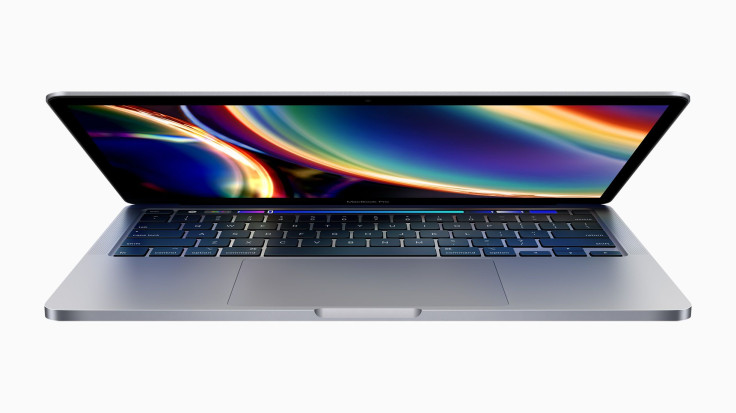Apple macOS Tip: How To Manage Notifications

KEY POINTS
- Notifications are helpful in alerting users of important matters
- Unmanaged notifications, however, can be confusing or annoying
- Here's how to manage notifications on macOS
Notifications are very helpful, but not knowing how to manage them can cause some users trouble, including failing to see important alerts because they were covered by a less important one. Thankfully, it's easy to manage notifications on macOS.
Apple Insider noted that there's no one-size-fits-all solution to manage notifications. Users will need to know how to manage them in detail. Thankfully, it's not that hard to do. Here's how to manage notifications on macOS.
Notifications can be managed via the Notifications settings, which can be accessed by clicking at the Apple menu at the top-left area of the screen, followed by a click on System Preferences then Notifications. Once there, users will be presented with a lot of options. These include the following:
Do Not Disturb
Do Not Disturb (DND) stops all notifications and allows users to review them later. Users can set DND to work in specific time periods or varying circumstances such as when the display is sleeping, the screen is locked, or the device is mirroring to TVs and projectors. Users can also allow calls from everyone or certain people when DND is active.
Notifications toggle
Under DND is a list of apps that can push notifications to the user. Toggling the “Allow notifications from” switch beside these apps allows or prevents them from pushing notifications. Users will also be able to see what kind of permissions these apps have when it comes to notifications.
Alert style
Users can also set how the apps can alert them, if the apps are allowed to push notifications. Users can set them to show no notifications (“None”), show an alert that disappears after a short while (“Banner”) or show notifications that won't disappear unless dismissed (“Alerts”).
Notification preferences
Users will also be able to customize how they want each app to show notifications. These allow for further customization, giving users the power to choose how and when they want to be alerted of certain things.
- Show notifications on lock screen: lets apps show notifications on the log-in screen.
- Show notification preview: lets apps show previews whether the user is logged in or not.
- Show in Notification Center: lets notifications appear on the Notification Center.
- Badge app icon: puts a “badge” or red dot on docked apps that have notifications for the user.
- Play sound for notifications: lets apps alert users with a sound.
- Notification Center sort order: allows users to choose how notifications are ordered

© Copyright IBTimes 2025. All rights reserved.



















